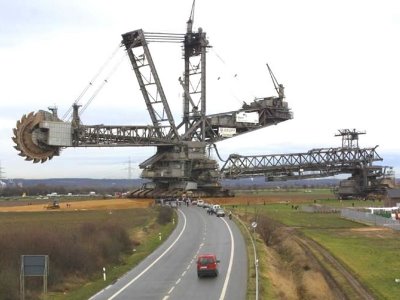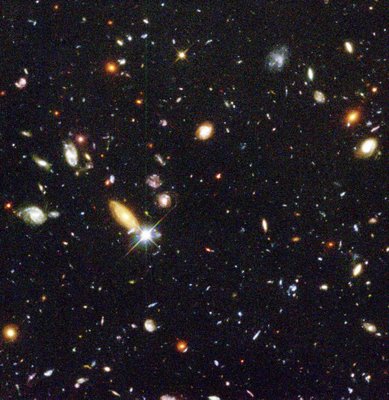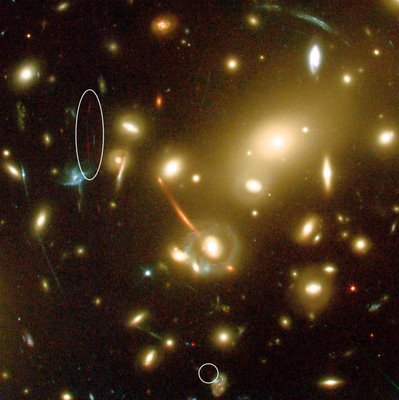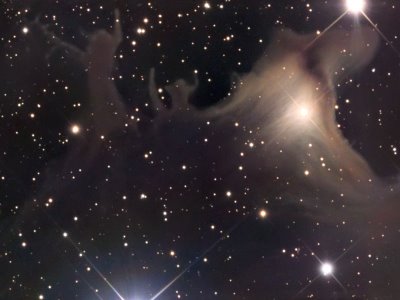 This is Saurns moon Janus.
This is Saurns moon Janus.Janus [JAY-nus] is the sixth satellite of Saturn. It was discovered by Audouin Dollfus in 1966 and was named after the god of gates and doorways. It is depicted with two faces looking in opposite directions. Janus has an irregular shape with a size of 196x192x150 kilometers (122x119x93 miles) in diameter. It is heavily cratered with several craters 30 kilometers (19 miles) in diameter. The pervasive cratering indicates that its surface must be several billion years old
 And this is Epimetheus.
And this is Epimetheus.Epimetheus [ep-eh-MEE-thee-us] is the fifth satellite of Saturn. It was discovered by R. Walker in 1980. Epimetheus was the son of Iapetus and brother to Prometheus and Atlas. Epimetheus means hindsight in Greek. It has an irregular shape with a size of 144x108x98 kilometers (89x67x61 miles) in diameter. It is traversed by several large and small grooves, valleys and ridges. Several craters larger than 30 km can be seen on its surface. The pervasive cratering indicates that its surface must be several billion years old.
Epimetheus and Janus share the same orbit of 151,472 kilometers from Saturn's center or 91,000 kilometers above the cloud tops. They are only separated by about 50 kilometers. As these two satellites approach each other they exchange a little momentum and trade orbits; the inner satellite becomes the outer and the outer moves to the inner position. This exchange happens about once every four years. Janus and Epimetheus may have formed from a disruption of a single parent to form co-orbital satellites. If this is the case, the disruption must have happened early in the history of the satellite system.













